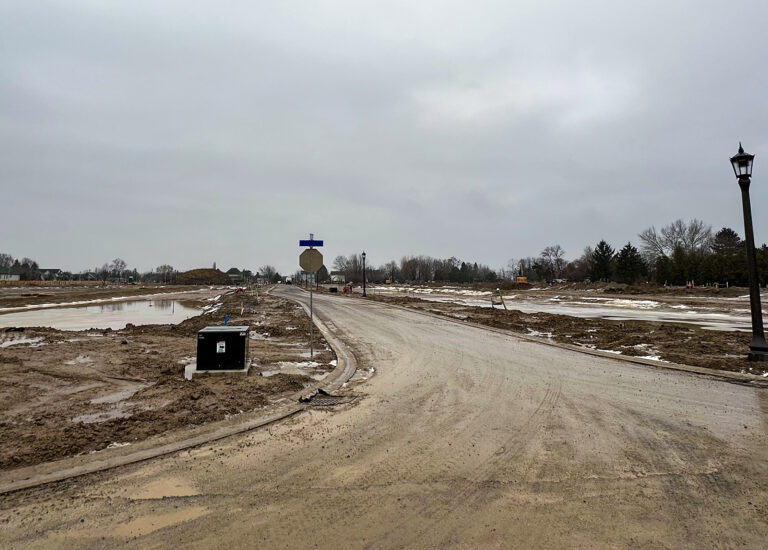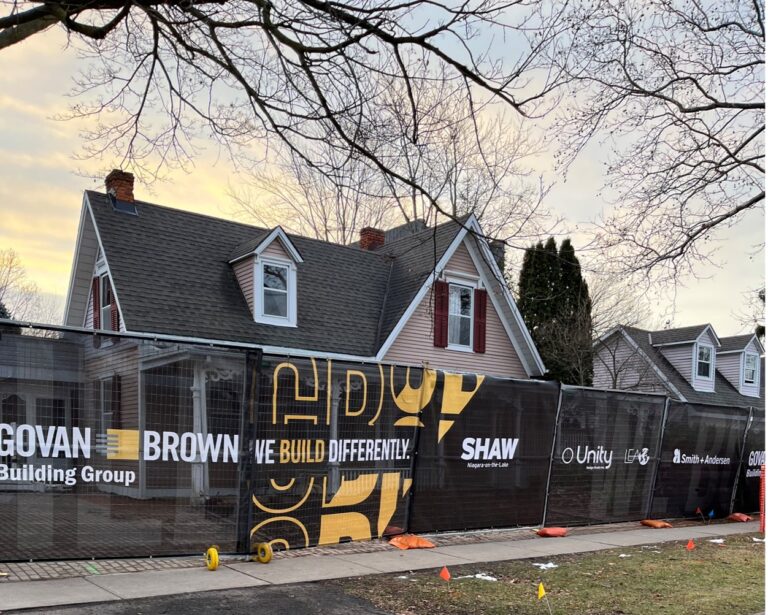When I first began studying Niagara’s architecture in preparation for writing the “Heirloom Guide to Architectural House Styles” (online: www.heirloomhomeguide.ca), I was struck by the number of historic houses and buildings that had been moved.
That’s right, picked up, transported down the road and then set back down on a new lot.
So, let’s take a look at a few of NOTL’s “walk-about” homes, starting with the “Judge” Butler House on Simcoe Street.
Built circa 1817, this early Regency expression was constructed on a lot in the “Butler Tract” that was located near the westerly boundary of Old Town of Niagara on the south side of Niagara Stone Road. In 1969, it was lifted, then moved to its current location where over the next three years it was fully restored.
Next, let’s head over to Gate and Prideaux, where we find the Old Methodist Meeting House. Built originally at Gate and Gage (adjacent to the Methodist Graveyard) circa 1823, it was moved to its present location in the 1870s, where it suffered the indignity of housing a “pork factory.”
Some decades later, it was converted into a dwelling and became the home of Mrs. Hannah Lowe Servos and her son Lance.
Then there is the Cappon-Cash House on King Street near Paffard. This circa 1840 Regency Cottage has been moved at least three times.
Local tradition has it on the Vincent de Paul property, then on the Commons near Fort George before being moved to 66 Picton St. In 2005, the building was sold and subsequently transported to its current location, there to be given a new lease on life through restoration.
But there is one house that must be considered a road-warrior. Constructed circa 1815 for William Woodruff in St. Davids, it stood as a proud Georgian family home for the next 154 years.
Then, in 1969, it was sold and its new owners carefully dismantled it, transporting the entirety to Caledon, Ont., with the intent of reconstruction.
Unfortunately, this was not to be, and the house was moved from Caledon to Bond Head in 1992 and again from there to Port Hope. Finally, in 2003, it returned “home” and was brilliantly restored on Ravine Vineyards’ property. (Denise Ascenzo wrote a detailed story about this house in The Lake Report last December.)
Perhaps we should take a page out of our shared architectural history by building homes that can withstand a walk-about? There’s definitely something to be learned (or remembered) here.



_copy.jpg)







